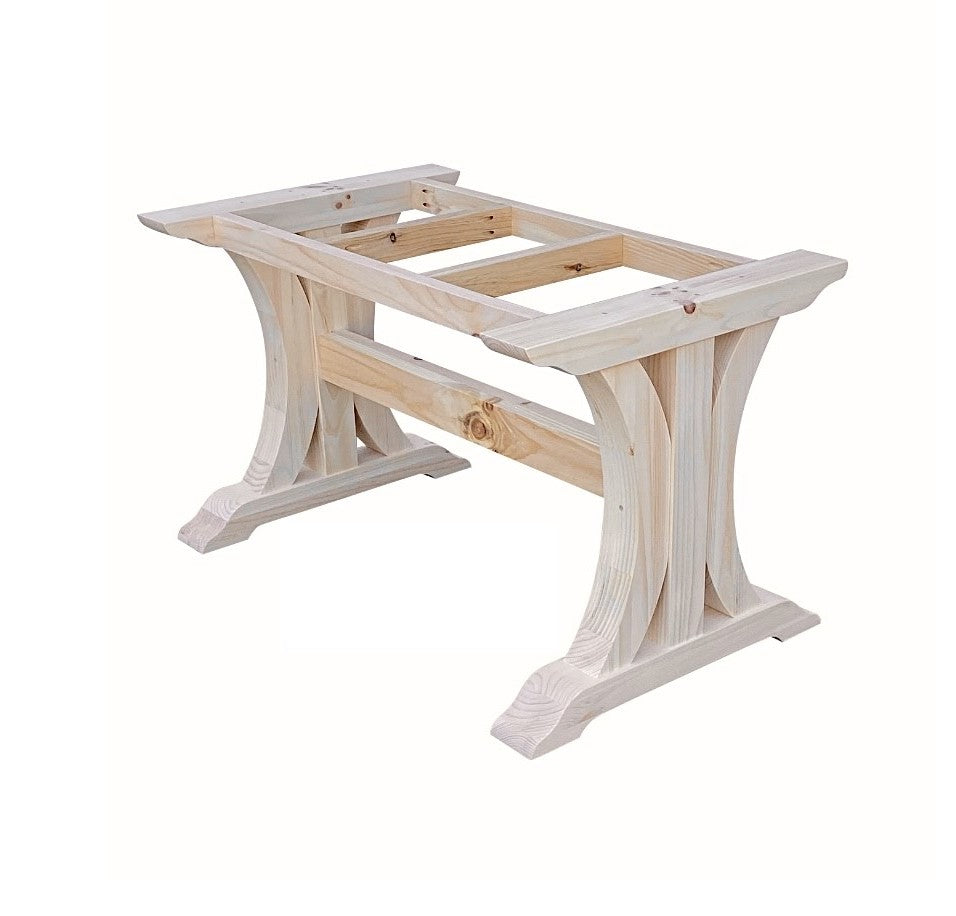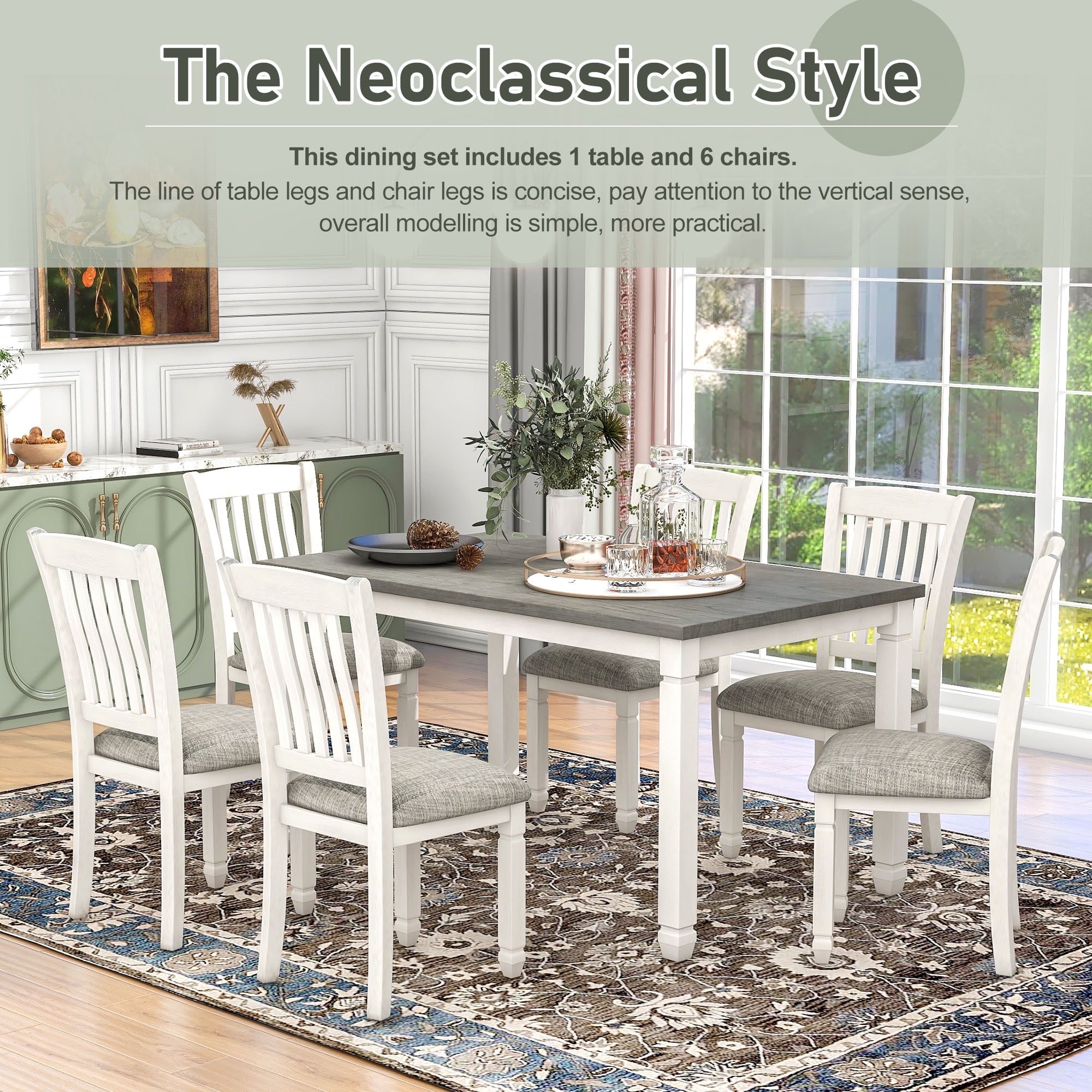Creative Ideas for Replacing or Refurbishing Your Dining Room Table Legs
Creative Ideas for Replacing or Refurbishing Your Dining Room Table Legs
Blog Article
From Typical to Modern: Find the Ideal Dining-room Table Legs for Your Style
The selection of eating area table legs plays a pivotal role in defining the overall character of your area, linking the void between standard workmanship and contemporary aesthetic appeals. While traditional designs such as cabriole and transformed legs evoke a sense of ageless class, modern designs like barrette and geometric alternatives offer an opportunity for striking visual rate of interest. Examining the right balance between these styles needs a nuanced understanding of your existing design and individual taste. As you think about these elements, the concern remains: exactly how can you effortlessly integrate these diverse leg styles to create a harmonious dining experience?
Understanding Table Leg Styles
The variety of dining-room table leg styles can considerably influence both the visual appeals and functionality of the area. Each leg style adds distinct practical attributes and aesthetic aspects, catering to varied style choices and usage needs. Recognizing these styles is crucial for choosing the ideal dining table that aligns with your general interior decoration vision.
As an example, conical legs offer a clean, timeless appearance that can improve a room's sophistication, while pedestal bases give stability and make best use of legroom, making them suitable for smaller sized areas. Barrette legs, a characteristic of mid-century contemporary design, present an industrial style, enabling an airy, open feel. Trestle legs stimulate rustic appeal, supplying robust assistance and a sense of eternity.
Wooden legs can bring warmth and structure, whereas metal choices often convey a sleek, contemporary vibe. Eventually, recognizing table leg designs is essential for developing a natural dining area that shows individual design while making sure usefulness and convenience.
Typical Table Leg Options
When picking dining-room table legs, typical choices typically symbolize ageless sophistication and workmanship. These layouts mirror an abundant heritage and a dedication to top quality, making them excellent for those who value timeless looks.
Among the most renowned conventional leg styles is the cabriole leg, defined by its stylish bent shape. This design frequently includes ornamental carvings and is most generally located in Queen Anne and Chippendale furnishings. An additional prominent choice is the transformed leg, which boasts a collection of smooth, rounded shapes that provide a classic appearance while preserving stability.
Moreover, the straight leg, while easy, provides a durable and basic framework that can mix flawlessly with a variety of tabletop styles. For those drawn to ornate detailing, claw-and-ball feet legs stimulate a feeling of grandeur and can act as a sensational focal point in any kind of dining area.
Last but not least, stand bases, although not strictly legs, supply a different typical alternative that permits adequate legroom and can be wonderfully sculpted. Each of these conventional leg designs adds to the total setting of a dining space, weding feature with aesthetic appeal.

Modern Table Leg Styles
Modern table leg designs provide a diverse series of designs that stress tidy lines and ingenious materials. These styles usually focus on functionality while working as striking focal factors within a dining space. Minimal aesthetics prevail, with legs crafted from products such as steel, glass, and engineered timber, which add to a contemporary and ventilated feel.
One preferred layout is the barrette leg, identified by its slender, conical framework that offers stability without overwhelming the table top (dining room table legs). This design is typically found in mid-century modern-day furnishings and can easily match numerous dining table forms. One more trend is the use of geometric shapes, where legs may take on angular or unbalanced types, including aesthetic passion and a touch of artistry

Blending Styles for Distinct Areas
Usually, homeowners seek to create special dining spaces that reflect their personal style by blending find out here numerous style elements. This strategy enables for the incorporation of varied aesthetics, resulting in an unified yet distinct setting. Coupling a rustic look here wood table with streamlined, modern-day steel legs can create a distinctive contrast that boosts the room's general appeal.
Furthermore, incorporating vintage table legs with contemporary table tops can evoke a sense of background while maintaining a contemporary perceptiveness. Such mixes not only display individual preference yet also motivate creativity, enabling home owners to curate a space that feels both individual and welcoming.
Color plays a vital duty in this blending process; picking table legs that match or comparison with the existing shade scheme can boost visual rate of interest. Whitewashed legs can soften the daring of a dark table surface area, creating a well balanced aesthetic.
Tips for Picking the Right Legs
Selecting the right table legs is vital for achieving both capability and aesthetic appeal in your dining area. Begin by thinking about the overall design of your room. Standard settings take advantage of legs that feature elaborate carvings or transformed styles, while modern areas might call for sleek, minimal designs.
Following, assess the height and stability of the legs. dining room table legs. Basic dining tables vary in between 28 to 30 inches in height, so make sure the legs match this dimension for comfort. In addition, robust materials, such as hardwood or steel, can enhance security and durability
Examine the leg shape as well-- options consist of right, tapered, or pedestal designs. Straight legs supply a traditional appearance, while conical legs can include a touch of sophistication. Pedestal bases supply adequate legroom and are suitable for smaller sized areas.
Final Thought
In recap, picking the excellent eating area table legs calls for mindful factor to consider of both modern and standard styles. By integrating leg design, elevation, and product with the overall decor, a cohesive and inviting ambience can be accomplished.
The selection of dining room table leg designs can considerably affect both the appearances and performance of the space. Inevitably, comprehending table leg designs is necessary for creating a cohesive eating area that reflects personal design while making sure functionality and convenience.One of the most iconic standard leg styles is the cabriole leg, defined by its stylish rounded shape. Straight legs provide a traditional appearance, while tapered legs can add a touch of style.In recap, selecting the perfect dining room table legs calls for careful consideration her latest blog of both conventional and modern-day styles.
Report this page